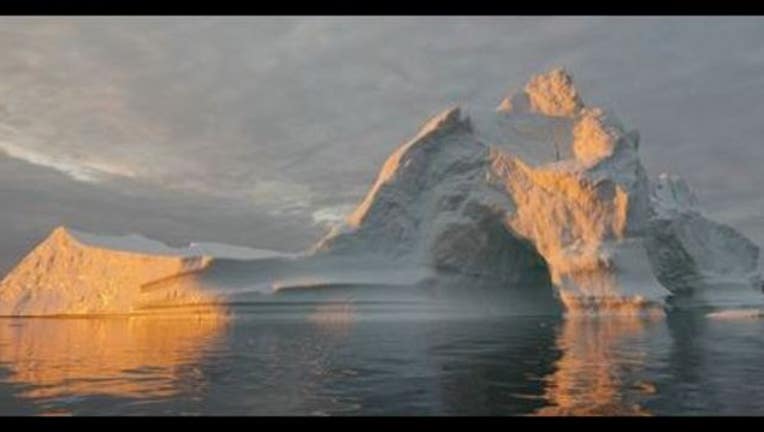Melting ice is causing our days to get longer

KMSP - There are many constants on planet Earth; the sun will rise and set each day, there are 4 seasons because of the Earth’s tilt, there are always 24 hours in a day. WAIT A MINUTE… that last one isn’t quite true. While our 24 hour day cycle seems to be an Earth constant, it’s actually not. It fluctuates just like everything else on our home planet. In fact, some scientists theorize that the planets days COULD fluctuate anywhere from 22 to 26 hours.
Image above: An iceberg floats in Disko Bay, near Ilulissat, Greenland, on July 24, 2015. Runoff from melting ice sheets and glaciers is shifting the mass of the planet and slightly slowing Earth's rotation. (Photo by Saskia Madlener, NASA.)
Currently, our days are pretty steady at 24 hours because of the current distribution of all of the mass on the planet (where our continents are located and which ones are at a higher altitude, etc…) But as ice continues to melt, it redistributes a fraction of that mass from the North & South Poles to the equator. The gradual shift of mass to the planet’s widest circumference means that more mass is further away from the core of the Earth and has to travel a greater distance to make the same full rotation as it did before. The Earth already bulges at the Equator because of the spins’ effect on a circular object.
Image Credit: regentsearth.com
Think of it like a figure skater going into a spin. The skater needs to bring their arms into their chest and cut their drag if they want to spin faster, and vice versa if they want to spin slower. So with more water traveling to the equator, therefore increasing overall mass at the center of the planet, the Earth slows because more mass is further away from the center of the spin.
Now, the overall change in our days is imperceptible to humans, adding only a few thousandths of a second over the course of a few decades. But clearly we are learning that many components on our home world are far more fragile than we thought.

